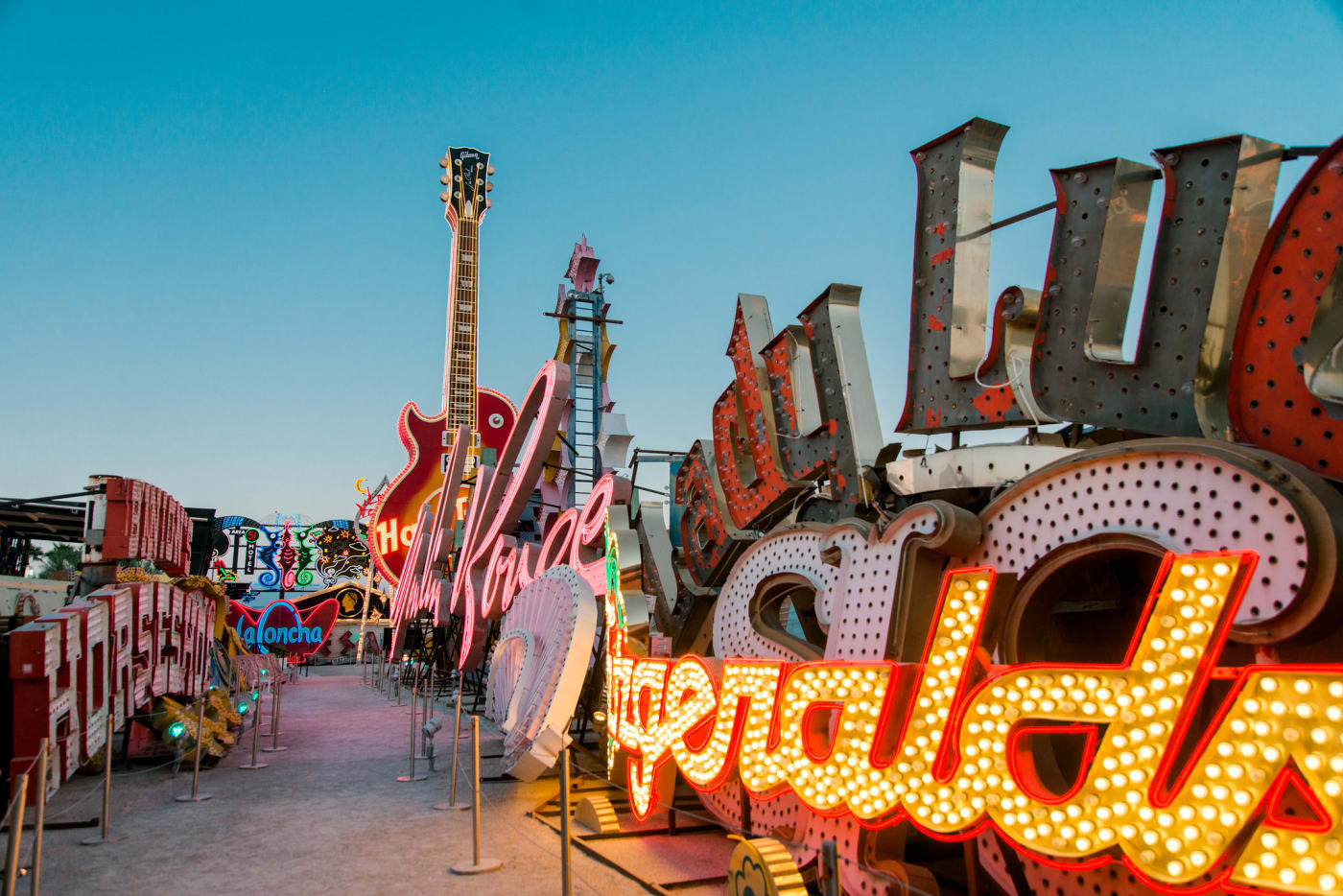In 1928, the newly widowed Mattie Jones landed in the small town of Las Vegas. Then in the early 1930s, Mattie Jones opened the Green Shack out of a newly acquired Union Pacific Railroad barrack. Previously, she had been running an informal restaurant, The Colorado, out of her family home’s kitchen serving primarily fried chicken and bootleg whiskey. Her clientele was a particular favorite among the dam workers of the era, as it was conveniently located on E. Fremont Street and Boulder Highway, on the way to the Boulder Dam (later, the Hoover Dam). Jones’ familiar, rural atmosphere at the Green Shack paired particularly well with the Dam’s construction, as well as the legalization of “wide-open gambling” in 1931 and loosening of marriage and divorce laws in Las Vegas. Her property was already a success by the time Prohibition ended in 1933, allowing Jones to legally sell and advertise alcohol.
The Green Shack signage notably features the word “cocktails,” meaning that this sign would not have been in use before 1933. This is the oldest sign in the Neon Boneyard, and one of the oldest in the collection overall. The signage is an example of the modest and direct style of sign design in the 1930s and 1940s. The text is the focus of the sign, incorporated in simple geographic shapes also indicative of the era.
The Green Shack closed in 1999, asserting itself as one of the longest running restaurants in Las Vegas history. In 1994, it was listed on the National Register of Historic Places and is commemorated with a plaque in the location of the original building.
Help us preserve the cultural essence of Las Vegas with your generous gift.
$25,000 will fully restore and relight this sign.


